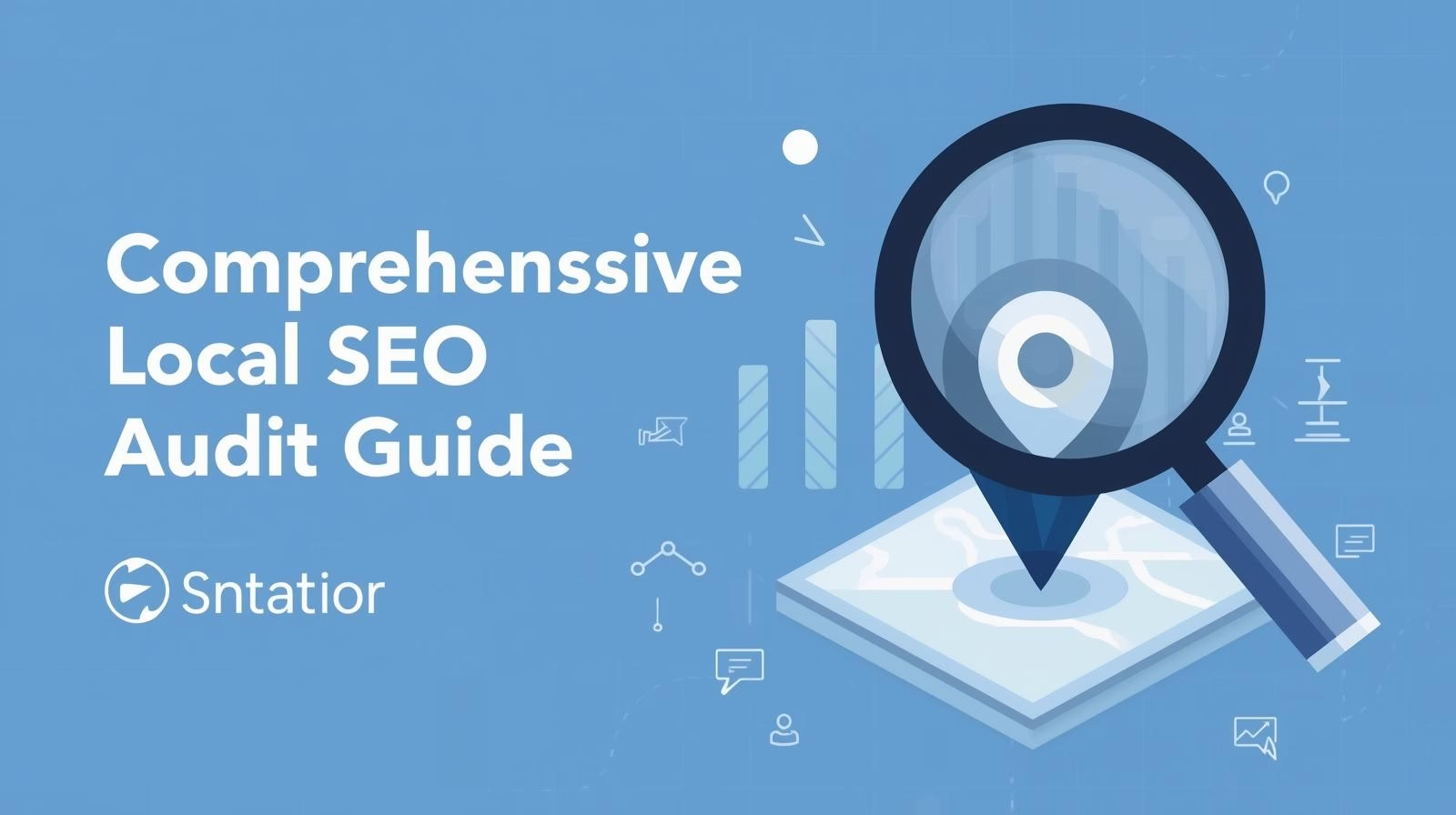Why GEO (Generative Engine Optimization) Is Critical Now
Search is no longer limited to Google or Bing. AI-powered platforms think ChatGPT, Claude, Perplexity, and others are increasingly where users go for answers. It’s estimated that 800 million AI searches occur weekly, making visibility in AI systems a business imperative.
Still, AI search isn’t disconnected from traditional SEO. Generative engines rely heavily on web indexes (Google, Bing, Brave, etc.), making your SEO foundation indispensable. Likewise, AI answers often cite web content, meaning your pages must remain visible and credible in the “back end.”
At the same time, AI users tend to be further along the buying journey they often come in already informed. Because of that, traffic from AI can convert at higher rates than general search even if volumes are lower.
Tracking Visibility in AI Search
One of the key challenges is that AI platforms don’t offer tools like Google Search Console. You can’t simply “see” when you show up in a ChatGPT prompt or how often you’re cited. That’s where indirect tracking becomes essential:
- AI crawler logs / bot analytics Use server-side tools (Cloudflare’s AI crawl control, for example) to see which AI bots hit your site.
- AI Traffic Analytics tools These tools can help you monitor “mentions,” queries you appear in, and how visibility is changing over time.
- Prompt visibility checks Regularly run prompts related to your domain or niche and see if your brand/content shows up.
Tracking human users alone misses the “bot visits” that feed into generative systems.
Where to Focus: A Prioritization Framework
You can’t optimize every possible query. Here’s how to decide where to put your attention:
- Persona-driven queries: Focus on the natural language prompts your audience would actually use.
- Conversion potential: Some queries are closer to buying intent; prioritize those.
- Competitive gaps: Identify where competitors are weak or absent in AI visibility and move in.
Blend these dimensions to create a ranked list of prompts/topics to optimize.
Actions That Improve GEO Performance
Once you’ve identified priorities, you need to take action. Key levers include:
- Content expansion & topic clustering
Don’t build isolated pages around single keywords. Instead, develop clusters that explore subtopics and related questions in depth. This richness helps generative models draw from your site intelligently. - Citation-building & outreach
Since AI systems often lean on cited sources, getting your content referenced, linked, or cited helps. Reach out, build relationships, and aim to be seen as a trustworthy authority. - Technical accessibility
Ensure AI crawlers have permission to visit and index your content. Blocked access or messy site structure hurt your chances of being surfaced in AI responses.
Common Questions
Is SEO dead in the age of GEO?
No. SEO is still the foundation for generative systems. Many of the same signals content quality, relevance, structure feed into AI visibility. The strategy must evolve, not vanish.
How do you uncover actual user prompts for AI?
Start with your buyer personas. Ask: “How would this person express their need or problem in a conversational prompt?” Use tools and internal insights over time to refine those prompt templates.
Quickest wins to show up in AI answers?
- Check if you’re appearing in AI-generated responses today.
- Optimize pages that directly answer high intent questions in clear, structured ways.
- Open your site’s indexing to AI bots and ensure they can access content cleanly.


